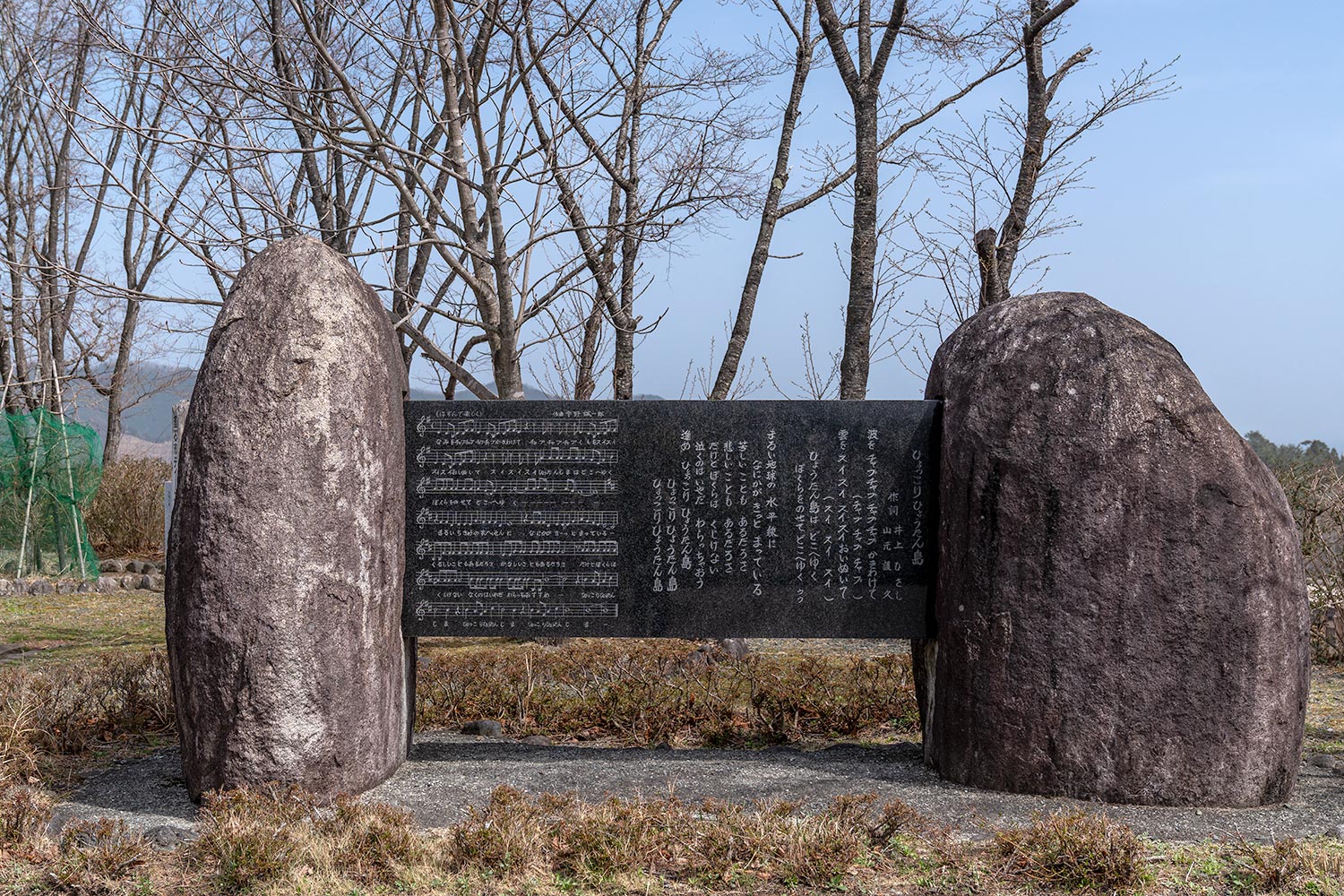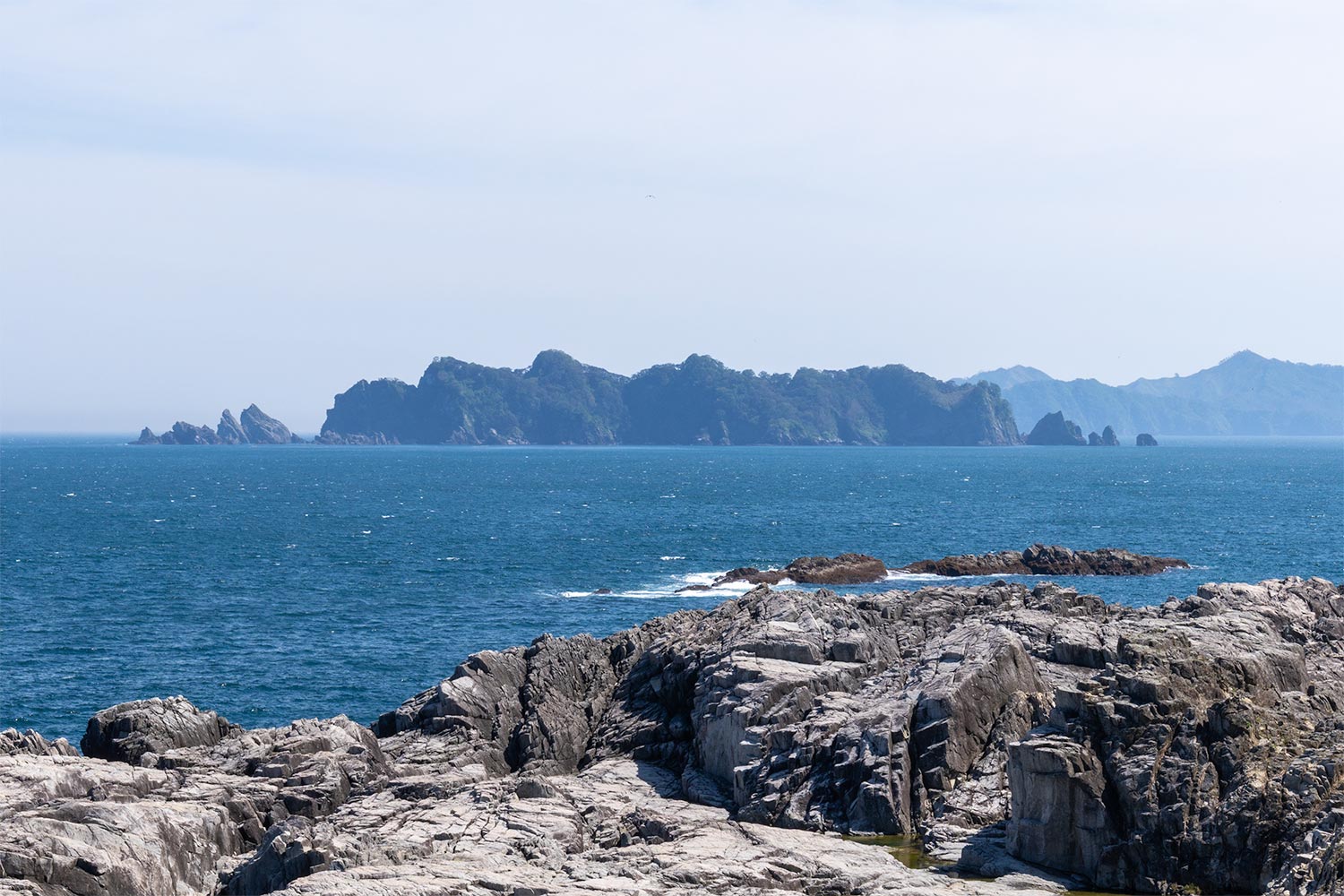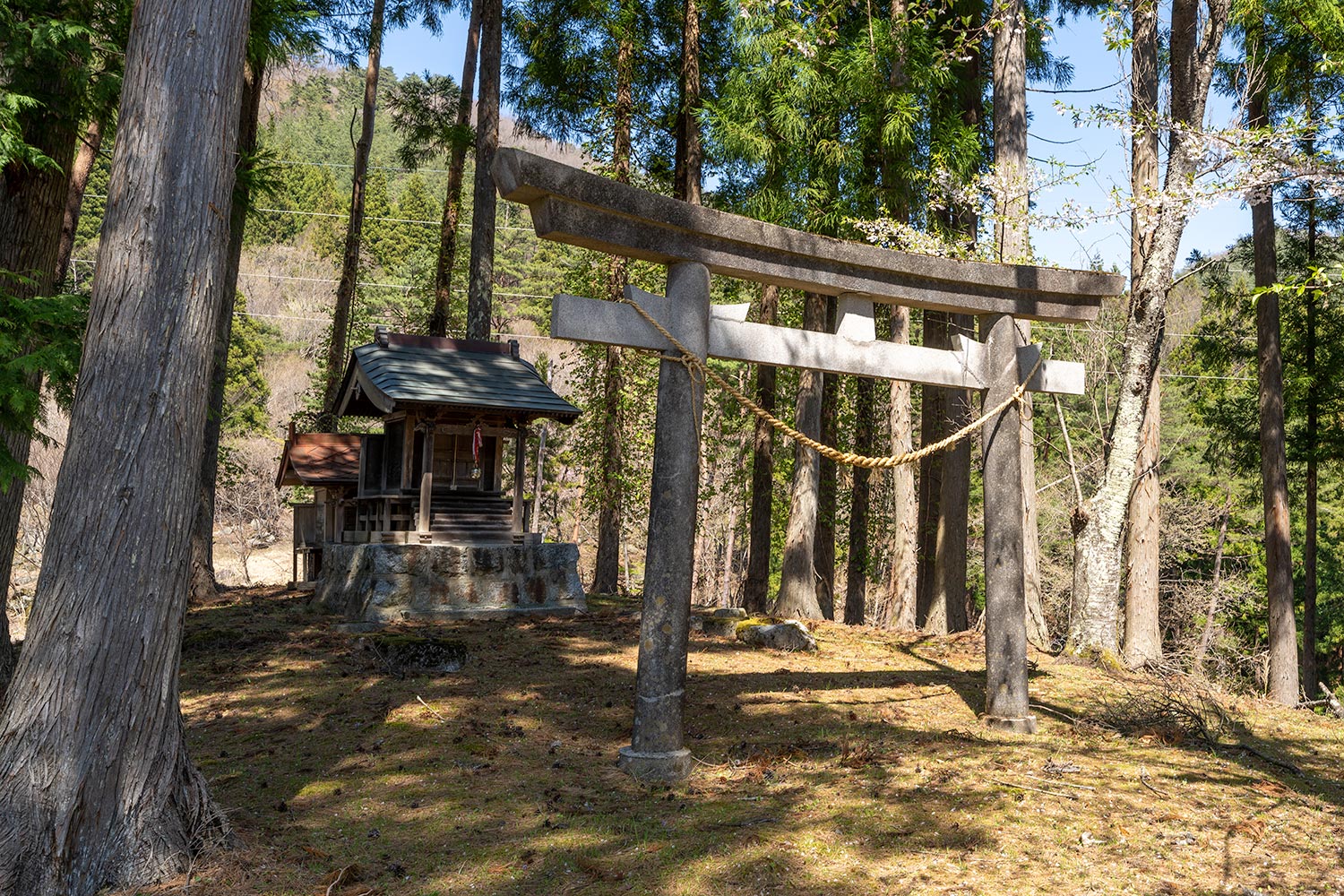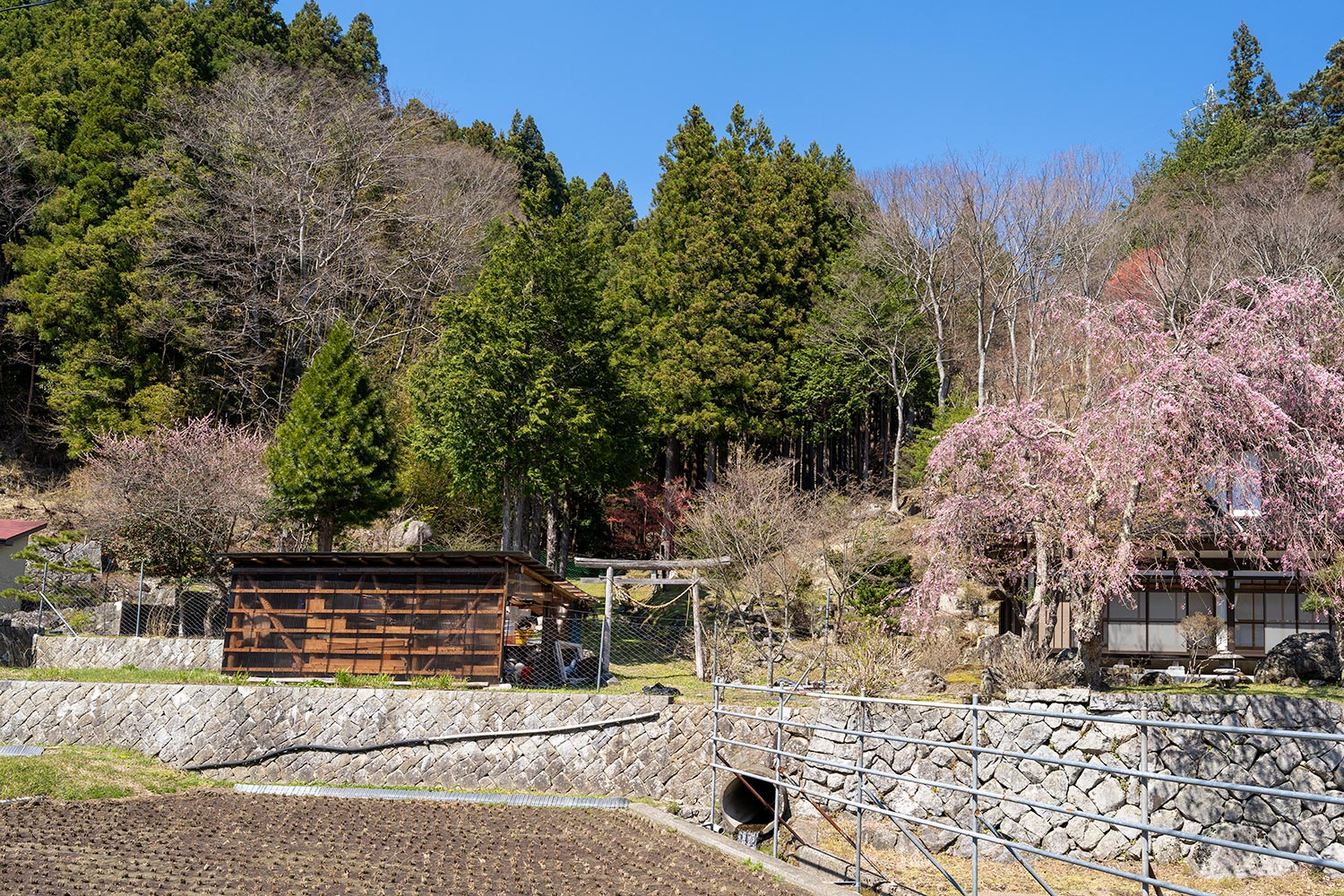Literature & legend
The writer Hisashi Inoue spent a period in Kamaishi with his mother, Mas Inoue. One of his masterpieces, “Hyokkori Gourd Island,” was modeled on Sangan Island. He wrote the song “Live Upbeat” for Kamaishi Elementary School, which became a refuge during the Great East Japan Earthquake. Every morning, refugees sang this song, which became the hope of the victims.
Hisashi Inoue Literature Monument ‘Hyokkori Hyotanjima’

Sanuki Island, said to be the model for Hyokkori Hyotanjima
Kamaishi Literature Monument Map
(JP)


Legend of Yoshitsune’s journey to the north – Kamaishi version
(JP)
